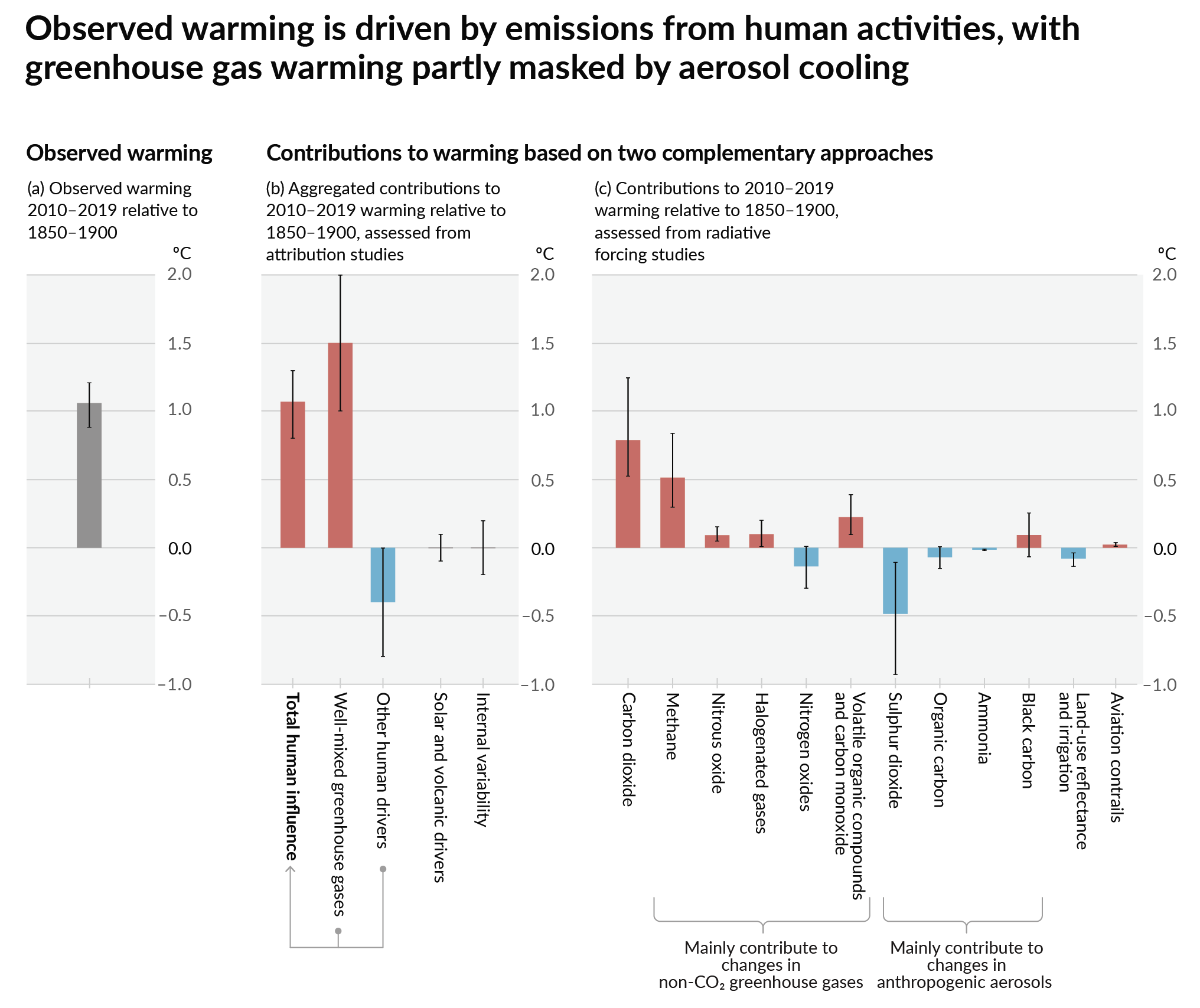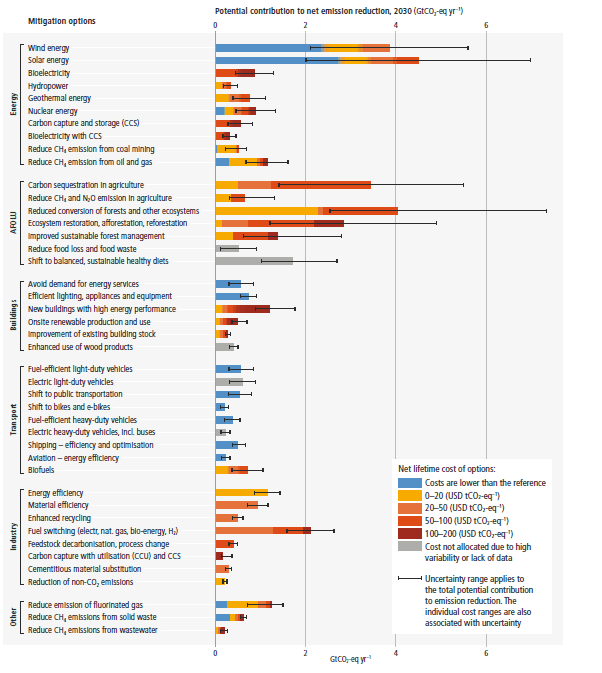Climate - truthful information about climate, related activism and politics.
6318 readers
241 users here now
Discussion of climate, how it is changing, activism around that, the politics, and the energy systems change we need in order to stabilize things.
As a starting point, the burning of fossil fuels, and to a lesser extent deforestation and release of methane are responsible for the warming in recent decades:

How much each change to the atmosphere has warmed the world:

Recommended actions to cut greenhouse gas emissions in the near future:

Anti-science, inactivism, and unsupported conspiracy theories are not ok here.
founded 2 years ago
MODERATORS
551
552
553
42
Climate change threatens habitats that many endangered species need to thrive
(yaleclimateconnections.org)
554
555
556
557
558
559
560
55
China’s reliance on coal undermines ‘unprecedented pace’ of clean energy production, report finds
(energyandcleanair.org)
561
562
563
564
565
566
567
568
569
570
571
572
573
574
575

